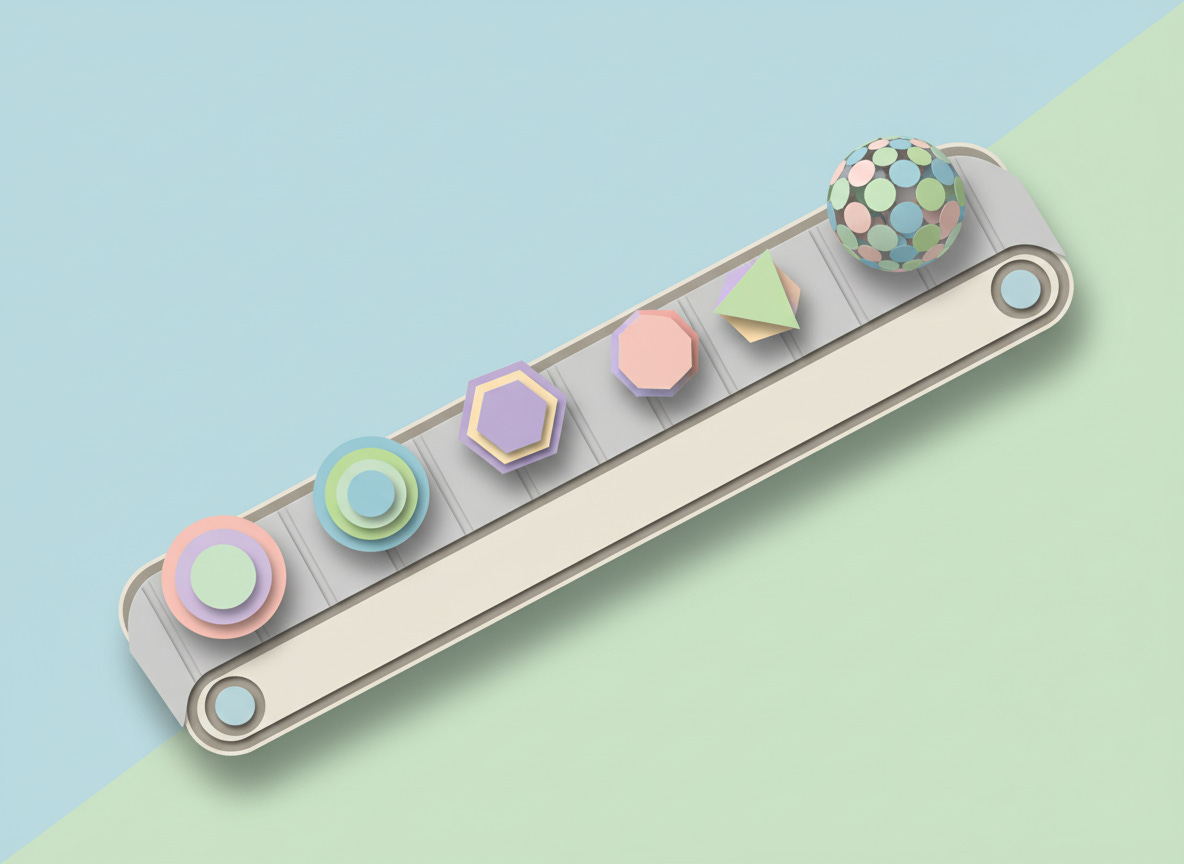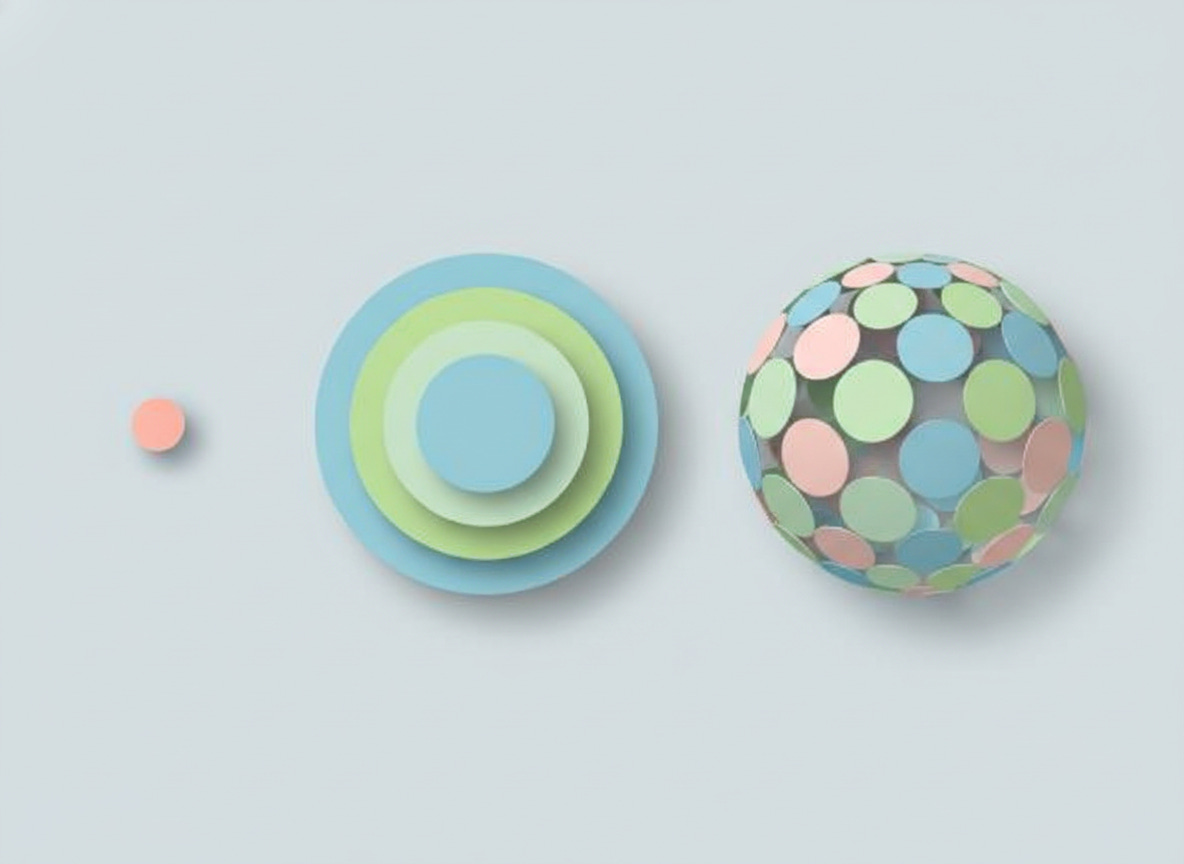The New Shape of Ideas
How AI is changing the way we generate, communicate, and value creative thoughts.
I’ve been thinking a lot about ideas again. Not just the power of a single idea, but how my relationship with them has fundamentally changed in the age of AI.
The rules are different now. Ideas are cheaper to find, faster to test, and the best ones…are more complex than ever before. If we want to build great things, we have to adapt the way we think about them.
The Brainstorming Partner in Your Keyboard
First, the obvious: AI has supercharged idea generation.
You now have a brainstorming partner available at your keyboard, 24/7. You can expand, refine, and generate new concepts with a single prompt. This stresses the importance of the initial creative process to be about quantity over quality. The preciousness of any single idea goes down when you can conjure a dozen more in seconds.
The instinct to turn to AI for a fresh batch of ideas is a good one. Get them all out. Don’t self-censor. The floodgates are open. But also, don’t expect that the initial ideas explored are going to be knockout successes right away.
The New Economics of Ideas
This is where it gets interesting. While generating a single idea has become trivial, building a pipeline of great ideas is now the most valuable work.
Why? Because the speed of execution has collapsed.
In the past, a great idea was just the start of a long journey. Now, you can take a concept from thought to functional prototype in hours. This speed creates a voracious appetite for more inputs. If you’re building more, you need more ideas for what to build next.
The result is a new kind of creative pressure. The bottleneck is no longer execution; it’s the creative pipeline that feeds it.
From Words to Prototypes
This new speed has also changed how I share ideas.
The hardest part of having an idea is often explaining it. For years, my solution was to get in a room and talk it out. As teams became more distributed, video calls were the next best thing. It’s far easier to shape an idea in a real-time conversation—getting instant feedback—than it is to structure it perfectly in a written document.
But even words have their limits. We have that old saying: a picture is worth a thousand words. Building on that, a video may be worth a thousand pictures, but an interactive prototype is worth a thousand videos any day.
This is where AI has been a game-changer. I’ve been leaning heavily into vibe coding to bring abstract concepts to life. It’s like sketching on steroids. Instead of trying to describe a complex user interaction, I can build a simple, interactive prototype that shows what I’m thinking.
This isn’t just for showing off a finished idea; it’s a tool for thinking. A good prototype isn’t a statement. It’s a question.
One of my UX design partners does this brilliantly. We’ll have a working session, and by our next meeting, he’ll have a prototype that embodies our conversation. Playing with it for just 30 seconds immediately exposes gaps in our thinking or opens up entirely new questions—things a document could never do.
It’s the fastest way to get on the same page and accelerate the feedback loop, turning a vague concept into something everyone can understand and build upon.
The Expanding Universe of an Idea
The final shift is in the scale of ideas themselves. AI doesn’t just help us build faster; it helps us build bigger.
One way to think of it is in terms of dimensions:
An idea starts as a spark - a single point in one dimension.
It expands into a concept - a circle on a 2D plane.
With AI, it can quickly grow into a system - a sphere with true volume.
We have to constantly be pushing our ideas to that next level. To walk them up from a feature to a product, and from a product to a system. The surface area of what’s possible is larger now. The ideas themselves are becoming bigger, more complex, and more robust.
This is the moment. The tools are here, the speed is unprecedented, and the potential is enormous.
Now is the time to be having ideas.





